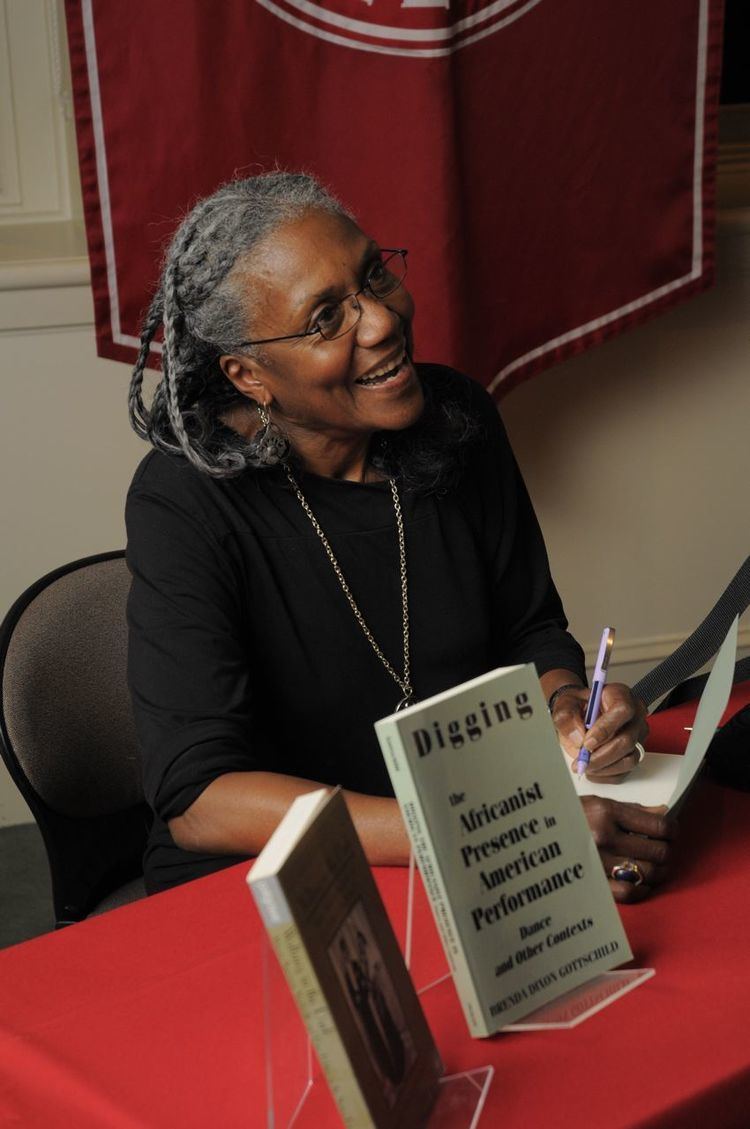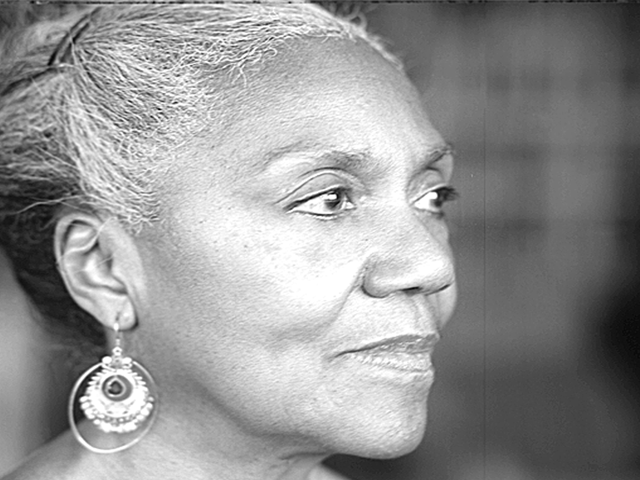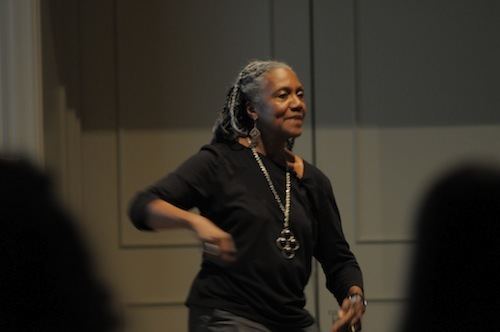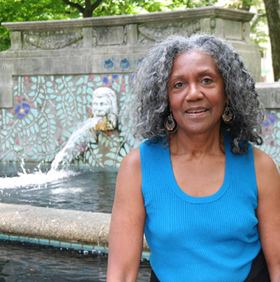Name Brenda Gottschild | Children Amel Larrieux | |
 | ||
Grandchildren Sanji-Rei Larrieux, Sky Larrieux Books The Black Dancing Body, Joan Myers Brown and the Auda, Digging the Africanist Presence, Waltzing in the dark | ||
Nyu tisch school of the arts dance talks with brenda dixon gottschild
Brenda Dixon Gottschild is an American cultural historian, performer, choreographer, and anti-racist cultural worker. She has used her background as a dance performer and as a professor of dance to create works that bring racism, gender, and societal questions to the forefront of discussions. Her choreographic work is often in collaboration with her husband, Hellmut Gottschild, who is also a dancer/choreographer. She publishes literary works and giving lectures in which she uses her own dancing body as a crucial part of her presentations.
Contents
- Nyu tisch school of the arts dance talks with brenda dixon gottschild
- Jazz lives in philadelphia with brenda dixon gottschild
- Biography
- Books
- Essays
- Books co written
- Online articles
- References

Jazz lives in philadelphia with brenda dixon gottschild
Biography

Gottschild spent the early years of her career performing dance. From 1964 to 1966, she was a member of the Mary Anthony Dance Theater. Later, she became an independent choreographer, teacher, and performer. Gottschild has worked in New York, Stockholm, Helsinki, and London from 1966 to 1968. From 1968 to 1971, she was a member of the Open Theater (directed by Joseph Chaikin) and the Frank Silvera Writers’ Workshop. She was a student at the Performance Studies Department of New York University and earned her Ph.D. in 1981. Today, she uses her body and lecture as an instrument with which she demonstrates performance and kinesthetic principles.

She is a Professor Emerita of dance studies at Temple University and is collaborating with Joan Myers Brown in writing a book and giving lectures about the Philadelphia Dance Company. Gottschild performs with her husband Hellmut Gottschild in a form of somatic and research-based collaboration they have dubbed “movement theater discourse.” Additionally, she is the Philadelphia correspondent for Dance Magazine.
Books

Gottschild's first solo book, Digging the Africanist Presence in American Performance: Dance and Other Contexts, was the culmination of a circuitous journey in interdisciplinary research that began with the question, “What makes George Balanchine’s ballets different from European ballet?” She originated and continue to investigate a line of thought that had been ignored in previous socio-cultural and performance studies—namely, the Africanist presence in Europeanist concert dance culture.
Her second book, Waltzing in the Dark: African American Vaudeville and Race Politics in the Swing Era, focuses on the social, racial, and artistic climate for African American performers from the late 1920s through the 1940s. For this work she received the 2001 CORD (Congress on Research in Dance) Award for Outstanding Scholarly Dance Publication.
Gottschild regards her third book, The Black Dancing Body – A Geography From Coon to Cool, as her third installment in her ongoing quest to bring to the fore the African American quotient in the American cultural equation. It is a map of American history as told through the “topography” of the black dancing body. The chapters are named for body parts or expressive attributes: feet, buttocks, skin, hair/face, and soul/spirit. An introduction preceding these sections wrestles with the question, “What is black dance?”
Her book Joan Myers Brown & The Audacious Hope of the Black Ballerina: A Biohistory of American Performance is about Joan Myers Brown and her legacy.
Essays
Books co-written
Online articles
Most online articles written by Gottschild are located on the Dance Magazine website.
